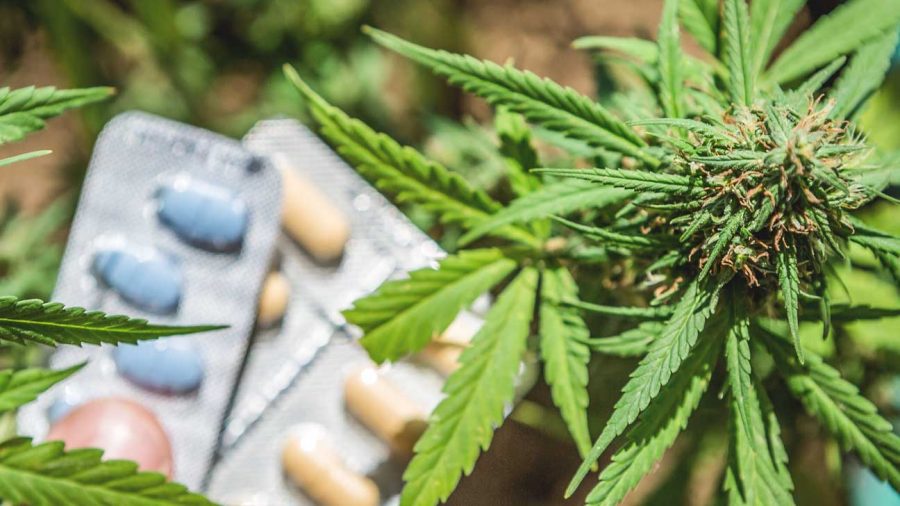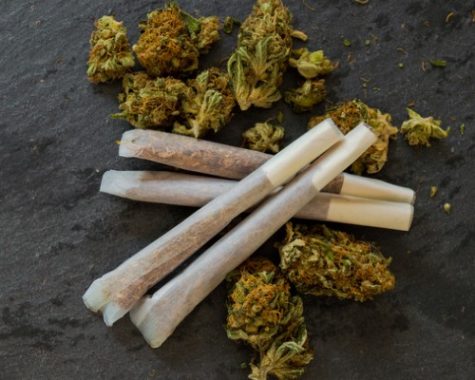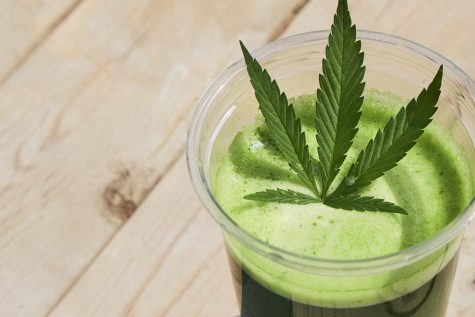Study: Cannabis use is associated with reduced fentanyl exposure
The use of fentanyl, one of the most commonly abused opioid drugs in North America, has been investigated by Canadian researchers in combination with cannabis treatments. The findings are featured in the journal Drug and Alcohol Dependence.
Researchers led by study author M. Eugenia Socías, MD – a research scientist with the British Columbia Center on Substance Use and Assistant Professor in the University of British Columbia’s Department of Medicine and AIDS Division – claim that patients who undergo opioid agonist therapy while consuming cannabis are less susceptible to fentanyl exposure.
Socias’ team of researchers examined data from 819 adult drug users who consumed narcotics within the last six months. All participating study subjects were based in Vancouver, which is home to a legally-supervised drug injection site that launched in 2003.
Each subject experienced opioid agonist therapy (OAT) in the form of either buprenorphine/naloxone, injectable diacetylmorphine or hydromorphone, methadone, or slow-release oral morphine.
Study on cannabis and fentanyl exposure: Prevalence of opioid use lower among THC-positive adults
Stretching over two years, this study on cannabis and fentanyl exposure found that cannabis consumption is independently linked to a lower probability of being recently exposed to fentanyl (adjusted prevalence ratio = 0.91; 95 percent CI, 0.83–0.99).
Approximately 53 percent of study subjects had fentanyl in their systems; as per baseline interviews conducted between researchers and participants. Conversely, individuals who returned positive urine drug tests for THC were less likely to be exposed to fentanyl (47 percent vs. 56 percent, P = 0.028).
“These findings suggest that cannabis could have a stabilizing impact for many patients on treatment, while also reducing the risk for overdose,” study author Socías said in a press release.
Conclusion
In summary, the Canadian researchers expressed their disappointment at not being able to pinpoint exactly why cannabis consumption minimizes fentanyl exposure.
“As there is no randomization or control of the intervention (cannabis use), it is difficult to draw any conclusions,” said Tildabeth Doscher, MD, MPH, who notes that the design of this study – which failed to clarify if patients specifically used cannabis as a method of reducing opioid consumption – makes it more difficult to interpret the results.
Nonetheless, the results are “broadly consistent” with previously conducted studies that highlight a connection between cannabis use and reduced illicit opioid use. Past studies suggest that consumption of the green, leafy plant may reduce addressed harms from alternative types of substances, not to mention provide users with relief from coexisting diseases and disorders – better known as ‘comorbidities’ – such as chronic pain.
Moving forwards, the study on cannabis and fentanyl exposure indicates that consumption of the plant harbors potential as a deliberate method of reducing opioid consumption. However, more research is needed.








